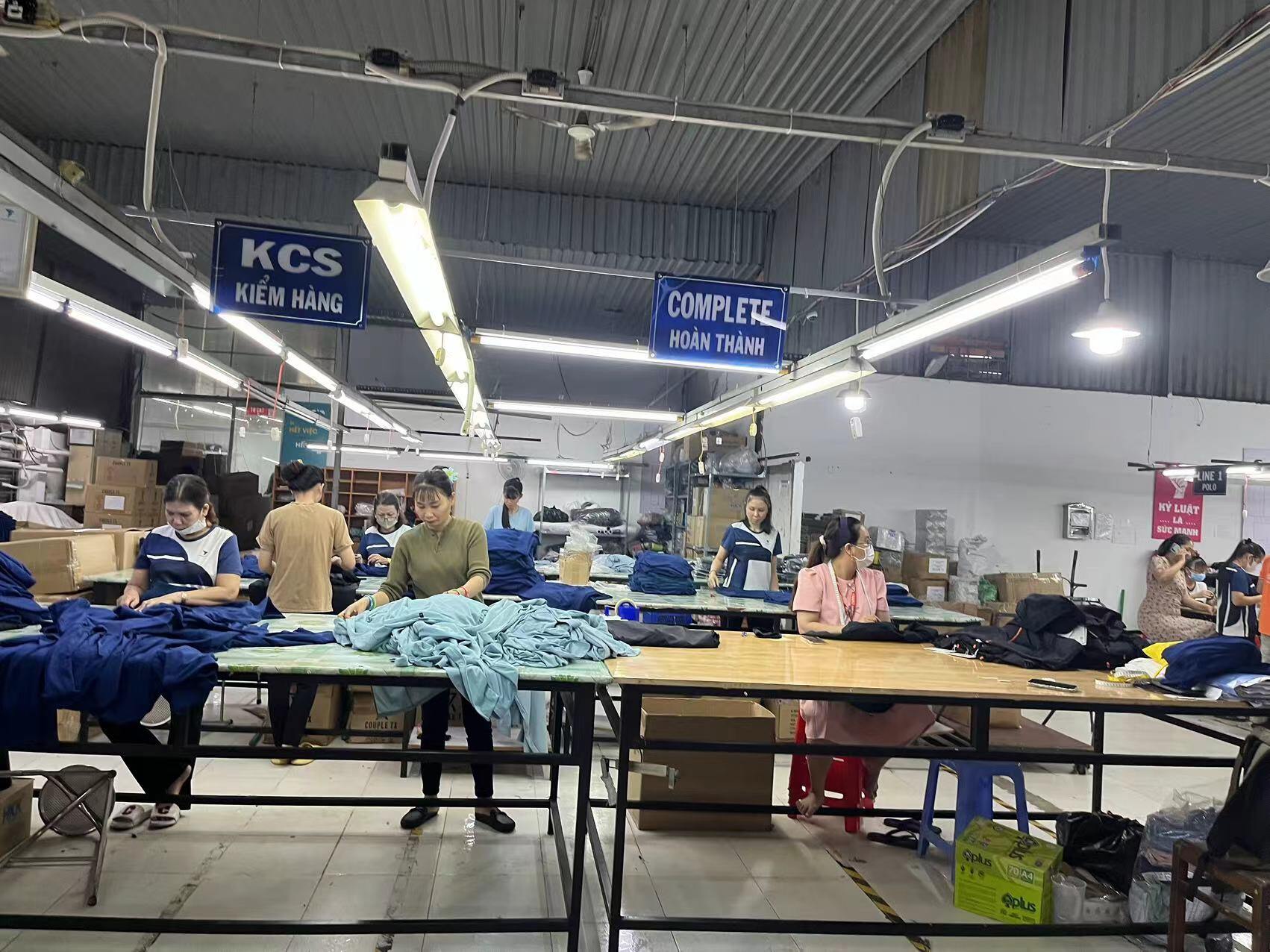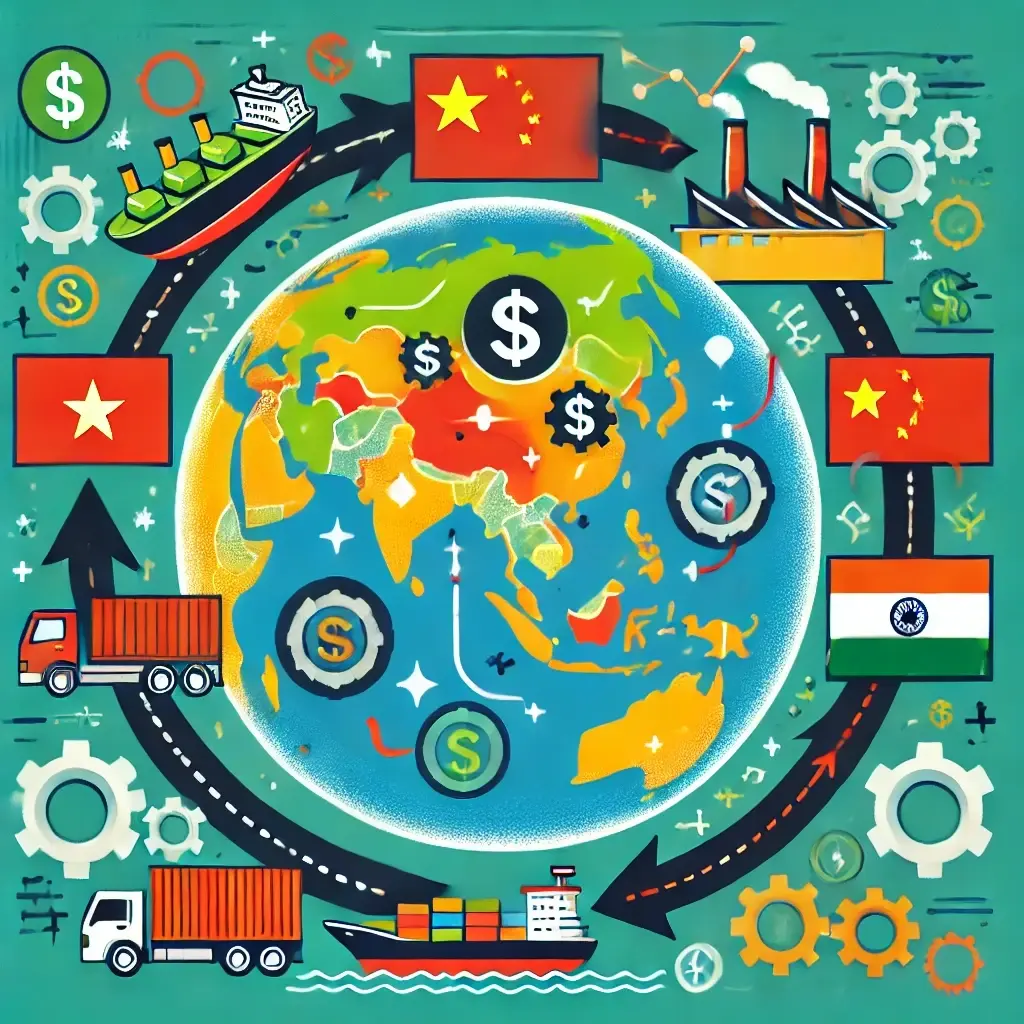Leveraging Regional Trade Agreements to Optimize Your Supply Chain in Asia
In an era of globalization, regional trade agreements (RTAs) have become pivotal in shaping economic landscapes. For businesses looking to optimize their supply chains in Asia, understanding and leveraging these agreements can provide significant competitive advantages. Here’s how RTAs can enhance your supply chain strategy:
Understanding Regional Trade Agreements
Regional trade agreements are treaties between two or more countries within a specific region, aiming to facilitate trade by reducing tariffs, import quotas, and trade barriers. Notable RTAs in Asia include the Regional Comprehensive Economic Partnership (RCEP), the Comprehensive and Progressive Agreement for Trans-Pacific Partnership (CPTPP), and the ASEAN Free Trade Area (AFTA) (Investopedia) (Investopedia).
Benefits of RTAs for Supply Chains
Reduced Tariffs and Costs:
- RTAs often eliminate or significantly reduce tariffs on goods traded between member countries. This can lower the overall cost of production and sourcing, making your products more competitive in the global market (Investopedia) (Investopedia).
Simplified Customs Procedures:
- RTAs typically include provisions to streamline customs procedures, reducing delays and administrative burdens. This can enhance supply chain efficiency and reduce lead times (Investopedia).
Market Access and Expansion:
- By opening up new markets, RTAs provide businesses with opportunities to expand their customer base. This access to a larger market can drive growth and increase revenue potential (Investopedia).
Diversified Supply Sources:
- RTAs facilitate easier sourcing of raw materials and components from member countries. Diversifying supply sources can mitigate risks associated with dependency on a single supplier or country (Investopedia).
Enhanced Investment Opportunities:
-
- Many RTAs include provisions that protect and encourage foreign investments. This can create a more favorable environment for setting up manufacturing facilities or forming joint ventures in member countries (Investopedia).
Key RTAs to Consider in Asia
-
RCEP:
- Comprising 15 countries, including China, Japan, South Korea, Australia, and members of ASEAN, RCEP is the world’s largest trade agreement. It covers a significant portion of global trade, offering vast opportunities for businesses to streamline their supply chains across Asia (Investopedia).
-
CPTPP:
- This agreement includes 11 Pacific Rim countries, promoting trade liberalization and economic integration. It offers benefits like tariff reductions and enhanced market access, particularly for businesses looking to expand into North and South America (Investopedia).
-
AFTA:
- The ASEAN Free Trade Area focuses on the Southeast Asian region, aiming to create a single market and production base. It is particularly beneficial for companies looking to operate within the ASEAN member states (Investopedia).
Strategic Steps to Leverage RTAs
Conduct Thorough Research:
- Understand the specific benefits and requirements of relevant RTAs. Identify which agreements your business can leverage based on your current and potential markets (Investopedia).
Assess Supply Chain Impact:
- Analyze how RTAs can affect your supply chain costs, lead times, and sourcing strategies. Consider the long-term implications of relying on RTA benefits (Investopedia).
Engage with Trade Experts:
- Consult with trade experts or legal advisors who specialize in RTAs to ensure compliance and to maximize the advantages these agreements offer (Investopedia).
Adapt Your Strategy:
- Integrate the benefits of RTAs into your overall supply chain and business strategies. This may involve restructuring your supply chain, renegotiating contracts, or exploring new markets (Investopedia).
Monitor and Review:
-
- Stay updated on changes and developments in RTAs. Regularly review your supply chain strategy to ensure continued alignment with the benefits provided by these agreements (Investopedia).
By strategically leveraging regional trade agreements, businesses can optimize their supply chains, reduce costs, and gain a competitive edge in the dynamic Asian market. Understanding and utilizing these agreements is key to thriving in today’s interconnected global economy.
How Asia Agent Can Help
Asia Agent specializes in providing comprehensive support to businesses looking to diversify and optimize their supply chains across Asia. Here's how we can assist:
1. HUB & Supplier Research
- In-depth Analysis: We conduct thorough research to identify the best manufacturing hubs in countries like Vietnam, India, Indonesia, and Bangladesh.
- Supplier Identification: Our team locates reliable and high-quality suppliers that meet your specific needs and standards.
- Market Insights: We provide valuable insights into local market conditions, helping you make informed decisions.
2. Visit & Verify
- Factory Visits: We arrange and accompany you on visits to potential suppliers to verify their capabilities and quality standards.
- Due Diligence: Our experts conduct detailed due diligence to ensure suppliers are legitimate and meet your requirements.
- Quality Assurance: We implement stringent quality control measures to ensure products meet your standards before shipping.
3. Negotiation & Contract
- Expert Negotiation: Our experienced negotiators secure the best terms and conditions for your contracts, focusing on cost-efficiency and favorable payment terms.
- Legal Support: We provide legal assistance to draft and review contracts, ensuring they protect your interests and comply with local regulations.
- Risk Mitigation: We help identify and mitigate potential risks associated with new suppliers and markets.
4. Monthly Support Packages
- Ongoing Support: We offer monthly support packages that include continuous monitoring of supplier performance, quality control, and logistics management.
- Problem Resolution: Our team is on the ground to quickly address any issues that arise, minimizing disruptions to your supply chain.
- Regular Updates: We keep you informed with regular updates on market conditions, regulatory changes, and other relevant factors.
5. Strategic Planning
- Supply Chain Optimization: We help you design and implement a strategic supply chain plan that leverages the benefits of regional trade agreements and local market conditions.
- Cost Analysis: Our experts provide detailed cost analysis to help you achieve maximum cost efficiency without compromising quality.
- Scalability: We ensure your supply chain is scalable and adaptable to future growth and market changes.




